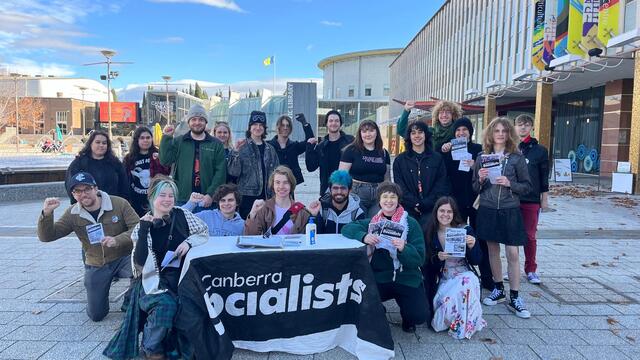Speaking at the recent Municipal Association of Victoria (MAV) Asset Management Conference, MAV CEO, Rob Spence, referred delegates to a speech last year by Treasury Head, Ken Henry. He said that the Treasury Head made it clear that Australia must raise its productive capacity to meet demands and that budget monies need to be channelled into productive areas rather than the fluffy, vote catching programs.
Rob Spence believes these productive areas are likely to be infrastructure programs – the exact area in which Local Government operates.
He said that funding applications for infrastructure projects that clearly demonstrate how the particular project will grow productive capacity and support getting more people into the workforce are most likely to be viewed favourably by the Federal Government.
Perhaps even more good news for Local Government struggling with its growing infrastructure backlog, the Rudd Government’s establishment of Infrastructure Australia is clear evidence that infrastructure spending is a priority. In a statement following the release of the Productivity Commission’s report into Local Government funding, the Minister for Infrastructure, Transport, Regional Development and Local Government, Anthony Albanese, reaffirmed that the Federal Government intends to work closely with Local Government in regard to infrastructure planning.
He said that the Government has done this by “ensuring Local Government representation on the board of Infrastructure Australia to help guide billions of dollars of investment in nationally significant infrastructure”.
Speaking at the Western Sydney Regional Organisation of Councils’ annual conference in late April, the Minister also announced that the Rudd Government will create a Major Cities Unit within the Department of Infrastructure that will work with Infrastructure Australia to make sure that urban development issues, such as urban congestion, are addressed.
Anthony Albanese said Australia is the most urbanised country on earth, but the previous Coalition Government believed its involvement stopped at the city outskirts. He pointed to the AusLink program, which funded major national roads but stopped when it got to the outskirts of cities.
The Minister said that you can’t have a plan for transporting freight and people without having a plan that involves our major cities, particularly the growth areas.
“What we say is that funding is required; in a cooperative manner, we want to sit down, and we already have, with State Governments, and with Local Government, talking about what the needs are for infrastructure provision,” he said. “We have created Infrastructure Australia to do just that, to make sure that there is an assessment of what is required, not just in the coming year, but five, ten, 20 years down the track. That is what has been lacking in the past, that infrastructure planning.”
Let’s hope the 2008 Budget coming down on 13 May starts delivering on the infrastructure projects and funding gap long called for by Local Government.







